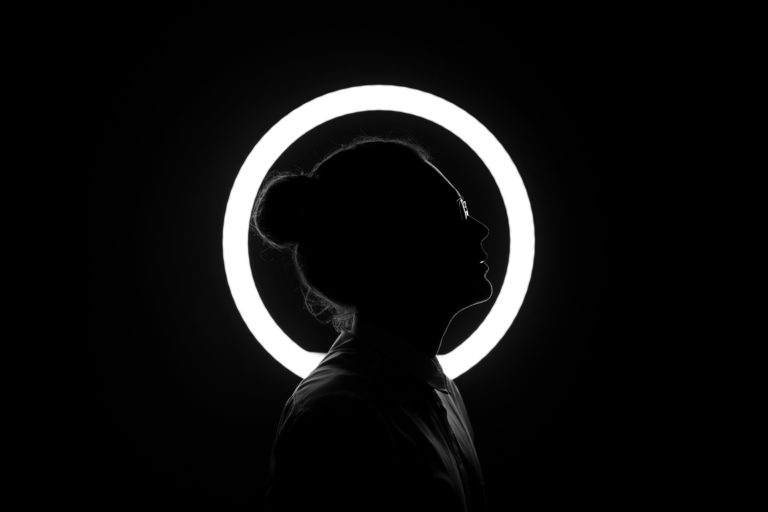
Best Practice: Learning from Marillion
Thousands pre-ordered their record before it was even composed. On YouTube, millions of users clicked the videos for their current single, without the band investing a single cent in producing them. And the fans dutifully ordered the double-album through their website, although the songs had long been available as free downloads. Marillion may make musty music, but when it comes to authentic branding, the Brits are at the cutting edge.
It all started in 2001 when Anoraknophobia was released. For the first time, the musicians had the CD financed by their fans to enable them to work without a record label in future. The experiment was a success. Thousands ordered the disc in advance, and received a classy double CD on the release date with their name in the booklet as a thank-you. Since then, the group has continued to refine this business model with its own company Racket Records. In 2004, this method even brought them their first top-ten hit for decades in England.
Marillion doesn’t even try to do that anymore, as their latest release “Happiness is the road” steers clear of classic sales in record shops entirely and the band only sells its works on its own website.
Professional communicators and marketing experts can learn something from the group’s first-class communication activity integration.
The website is the center of the Marillion universe. The band also has its own YouTube channel, a MySpace site, and profiles on Facebook and ILike. All pages look as though the band itself updates them. The musicians appear regularly in video messages. Fans always feel close to the group and part of a community. If they contribute to financing a new CD, their names are even printed in the ornate booklet of the limited edition. At Christmas, fan club members are sent a CD with unreleased tracks free of charge. Brand new: They record every concert of the current tour and make it available for download on the following day. There is no better way to strengthen customer relationships.
Marillion trusts the community. The band released its current single “Whatever is wrong with you” free of charge online via a microsite, and launched a video competition on YouTube. While that means relinquishing control of its art, it starts a creative fire among its fans and benefits from its videos going viral. To date, millions of web users have clicked the clips – not bad for a band with very specific music from a commercial niche. The “Happiness is the road” album was even available before its official release on the most popular filesharing platforms at a lower sound quality. That gave the band access to a larger group of new listeners, and was even featured on the BBC News – a real PR coup.
Authenticity is the heart of the brand. Marillion appears genuine at all times. The branding and the business model were not drawn up by strategists, but just came to be over the years (however, we can draw conclusions from this for communication strategies and measures). In spite of their affinity to the web, the music is not sold via online platforms, but on CDs. High-quality and well-designed packages are particularly popular. That gives them an aura of exclusivity and makes the core product seem particularly valuable. At the same time, the music runs contrary to all trends. Accordingly, the artists generate a high level of credibility by being authentic.
They used change as an opportunity. Marillion realized at an early stage that their success no longer depends solely on CD and record sales, but in particular on targeted positioning and strengthening their own brand in all media channels.
In summary, the band and fans have a symbiotic relationship unrivalled in the music industry. More than ever before, Marillion is a brand with a profile and a paragon of authentic communication with a reasonable budget.


